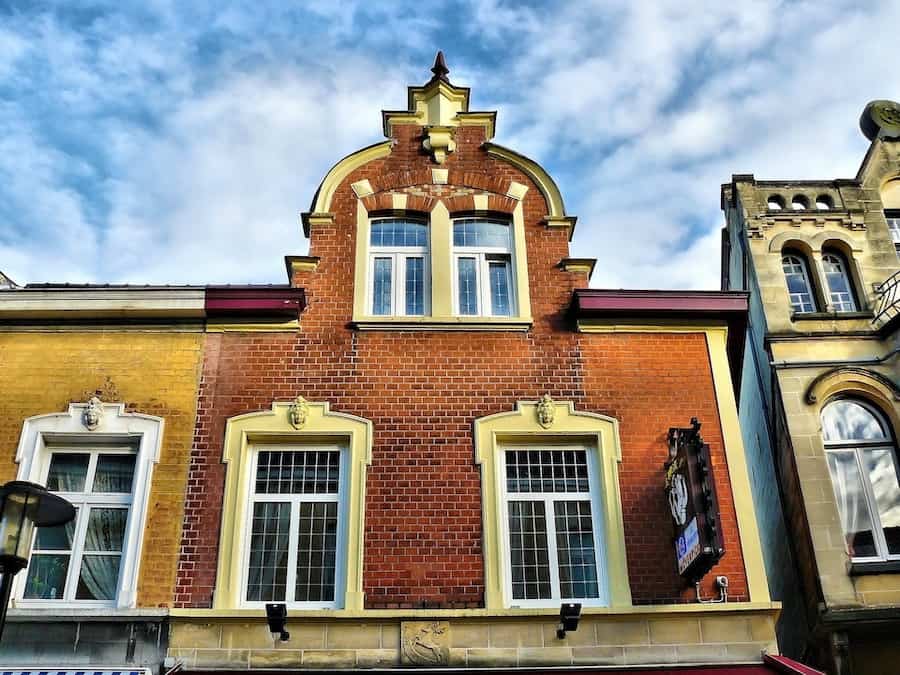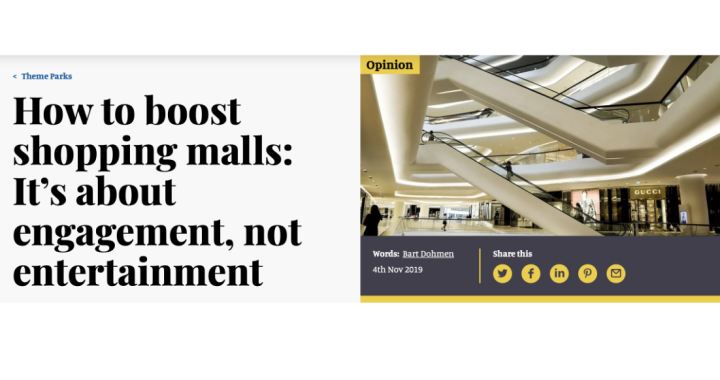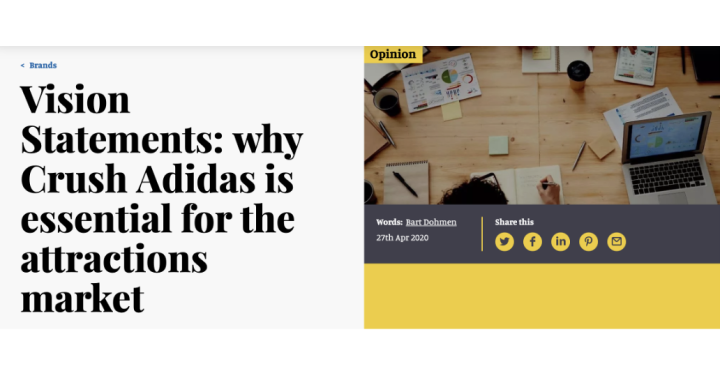The (un)sense of design competition
by Bart Dohmen, TDAC International
It is one of the most challenging choices at the beginning of any location-based entertainment project: choosing the right design studio. Many of our clients struggle with this and revert to the commonly used method in the architectural world: starting a pitch.
This is, in other words, asking a potential master planner or designer to create an initial idea for free. Fortunately, this is less common in the world of themed entertainment. And there are good reasons for that.
Back when I was managing director of the EMEA subsidiary of a top international design firm, I realized I was selling “hot air” to many potential clients. People had to trust me on my brown eyes that we would be the right match for them. Sure, we had a long list of successful projects and a very good name in the market. But that didn’t really say anything about our current team and whether we could understand the client’s thoughts and needs.
That was also why many clients asked us to participate in a creative pitch and develop an initial idea. From their perspective, this first idea could indicate which design studio would fit their thoughts and way of working. It could help them realize their dream project.
I completely understand that perspective. And yes, in addition to the reference list and reputation, it gives another indication of whether this design studio is the right choice for your project. But does it really help?
The challenge of pitches
When it comes to choosing a design studio, the challenge of pitches is that the studio never gets to work with the client.
To get to the right design, the design studio must truly understand the client’s thoughts, history and culture. Therefore, in better projects, the client is an integral part of the design process. In addition, the studio must understand the local situation well and delve deeply into the local culture and company values.
This understanding is an important part of the design work and must be done through a structured and in-depth process. This process takes a lot of time, both on the client’s side and on the studio’s side.
During a pitch, there is rarely time for this, usually for three reasons. The deadline for the pitch is too short, the client’s management cannot devote enough time to the various design studios pitching, and for the design studios, it is often too costly in hours and external costs, such as hiring consultants and paying travel expenses, to conduct this entire research process at the appropriate level.
The result is that most pitches start from the wrong perspective. The studios do not understand the essence of the project, the client’s values, and the location’s culture well enough. The only thing they can do is create their own interpretation of the brief and just start designing. After delivering the design, the client usually chooses a design firm that is closest to the brief or their expectations.
This is where it goes wrong. You hire a design firm because you don’t have the expertise yourself. You don’t hire an artist or master planner to draw out your thoughts. In case that’s what you’re looking for, Good news! If the media is to be believed, AI can generate this for you in the coming years.
A really good design studio goes a step further. With their expertise, they listen to your thoughts and delve into the culture of your company, subject matter, and project location. They do their best to really understand your deeper intent with your project.
This process takes weeks and requires cooperation from upper management on the client’s side. Once they have gathered all this information, the design studio begins to turn it into an attraction that reflects your ideas, culture, and desires in a way that will not only surprise the future attraction’s audience but also touch their hearts.
I can understand if you read this and think this is all too difficult for my project since I don’t need to convey cultural values. That’s OK, but then there’s no reason for a pitch, either. If you only need a company to plan and develop your ideas, just check what companies have done before and their reputation. That is, in that case, more than enough to find the right company.
How do you go about choosing the right design studio?
If you do want to work with a design studio that understands your values, the question arises: how do I select the right company if a pitch makes no sense? Indeed, start by first checking their completed projects and reputation. Make a preselection here.
Next, engage in one-on-one conversations with the studios. Ask the right questions focused on your core values and how they work to get to know your culture. Then, visit some projects to experience them for yourself and speak to people who have worked with them before. This will give you a better indication of whether this design studio suits you.
If you don’t feel comfortable working that way, have a paid concept phase with two or three design studios to go through. Have them go through the research period. This also means having resources available for the design team to hold workshops, provide information, etc. This is an expensive and time-consuming process. However, in my experience, it’s the best way to really find the right studio.
A more cost-effective way of choosing a design studio is to invite two or three studios for a paid research phase. Have them write up the design direction and gast ervaring for the attraction, supported by reference projects and images. This saves you the artwork costs and you still get a pretty good idea if this design studio is a good fit for you.
So, no more pitches? I’m not a fan of it. It drives up overhead costs for our industry and besides, the best studios often don’t participate in pitches. But in my opinion, the main reason not to pitch is that it doesn’t give the right impression of whether the studio meets your expectations for the reasons explained above.
But you must decide how to handle this, and it is up to the studios to participate in pitches or not.





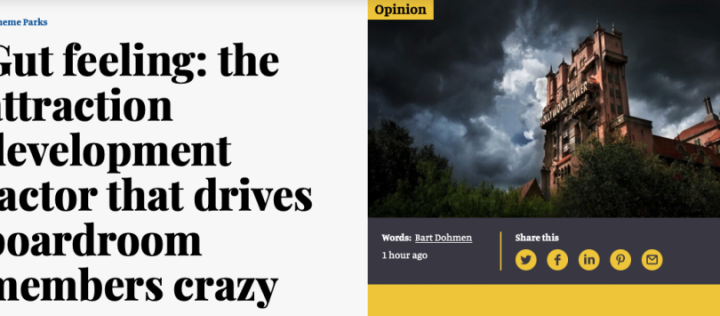



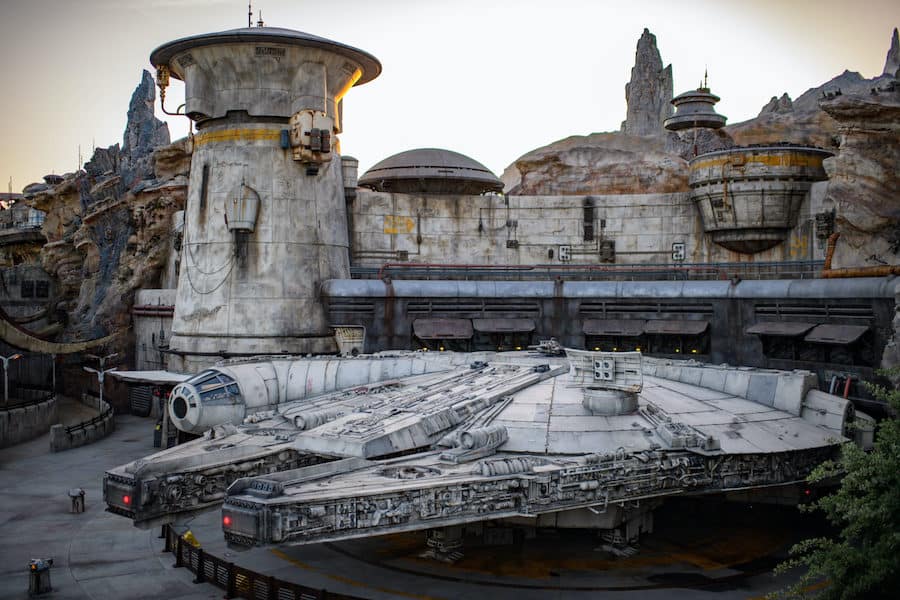
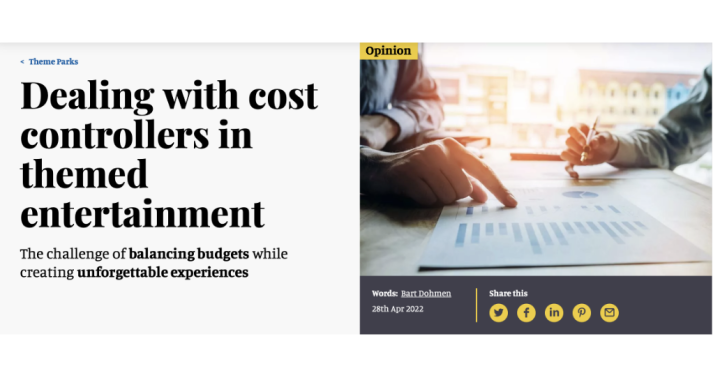


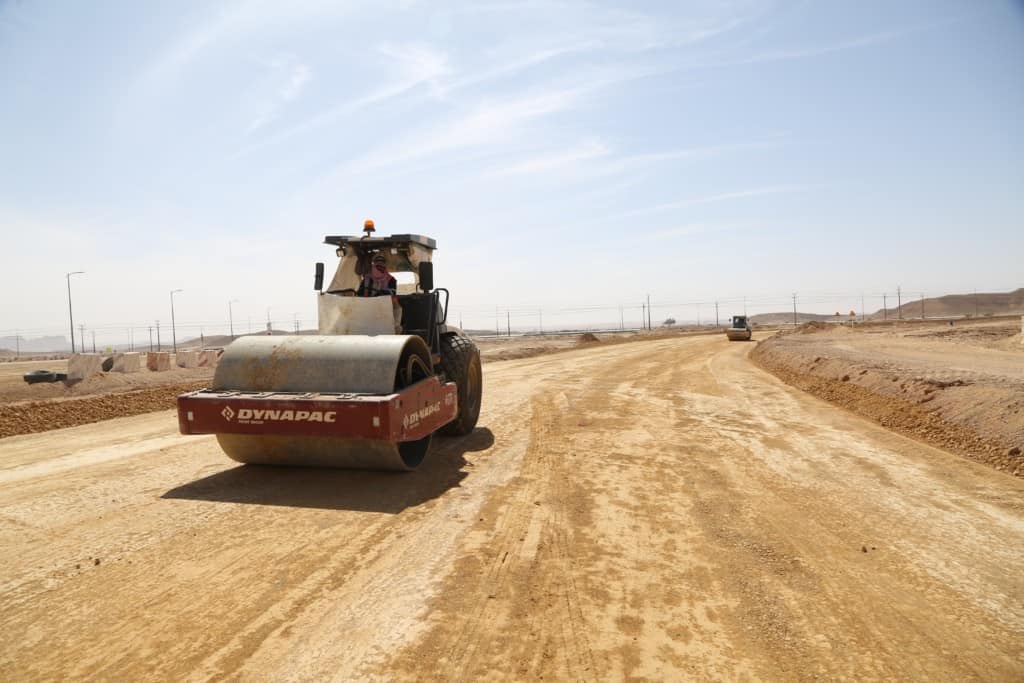

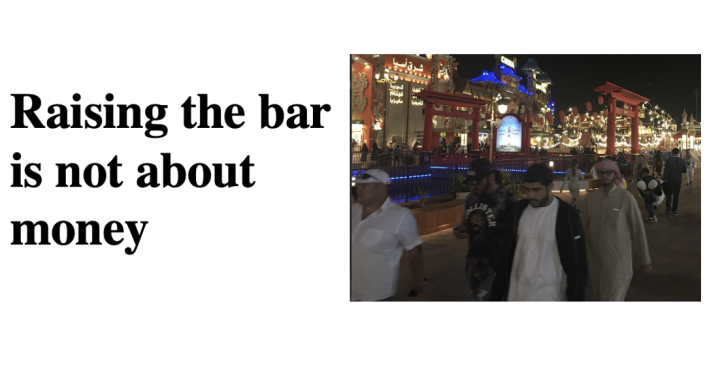

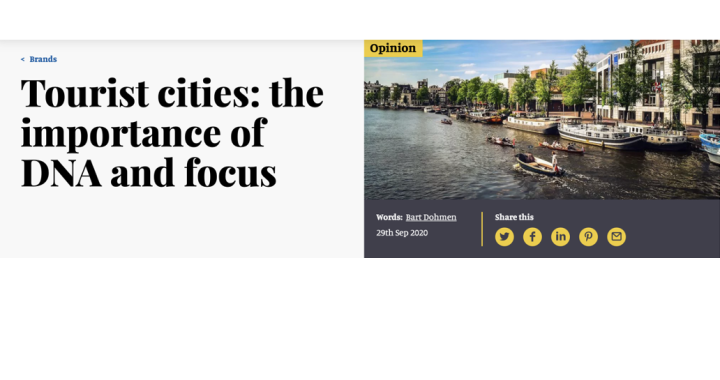

 Walt Disney
Walt Disney

